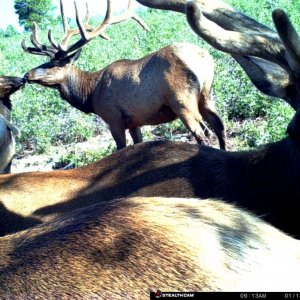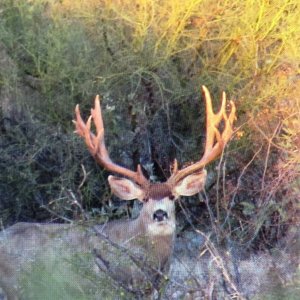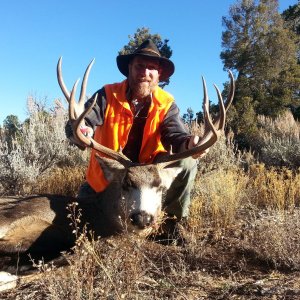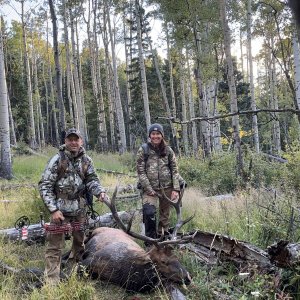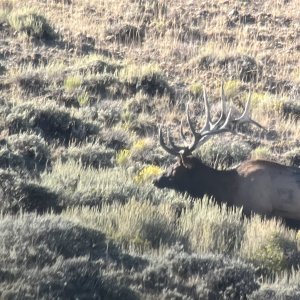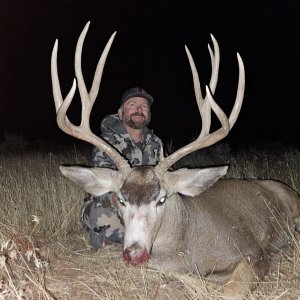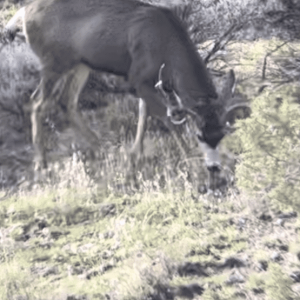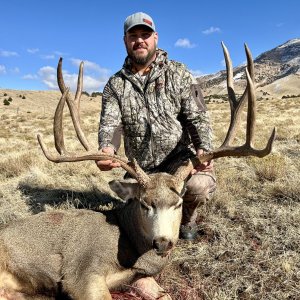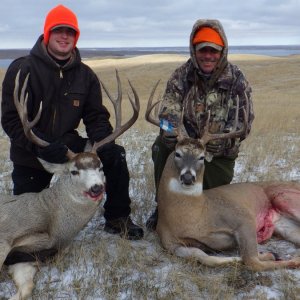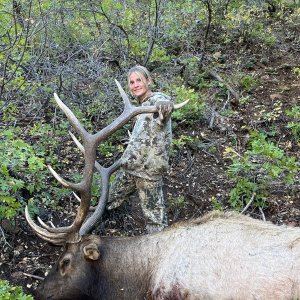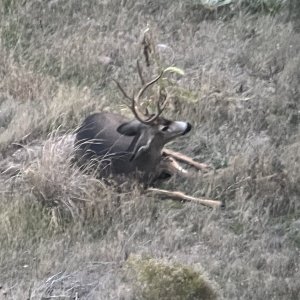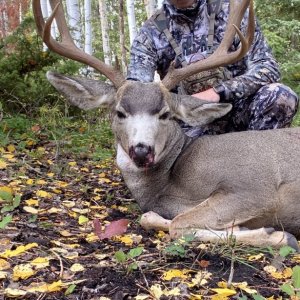hossblur
Long Time Member
- Messages
- 10,521
Not a experienced coyote hunter, usually just a shoot on sight coyote hunter.
But, my youngest really wants to get more serious, so old dad is trying to learn.
What do you guys look for in a good stand?
I try not to get skylined, try to stay in shadows, obviously wind plays a part. In snow I try to sit near used trails that are visible.
What do you guys do
But, my youngest really wants to get more serious, so old dad is trying to learn.
What do you guys look for in a good stand?
I try not to get skylined, try to stay in shadows, obviously wind plays a part. In snow I try to sit near used trails that are visible.
What do you guys do

